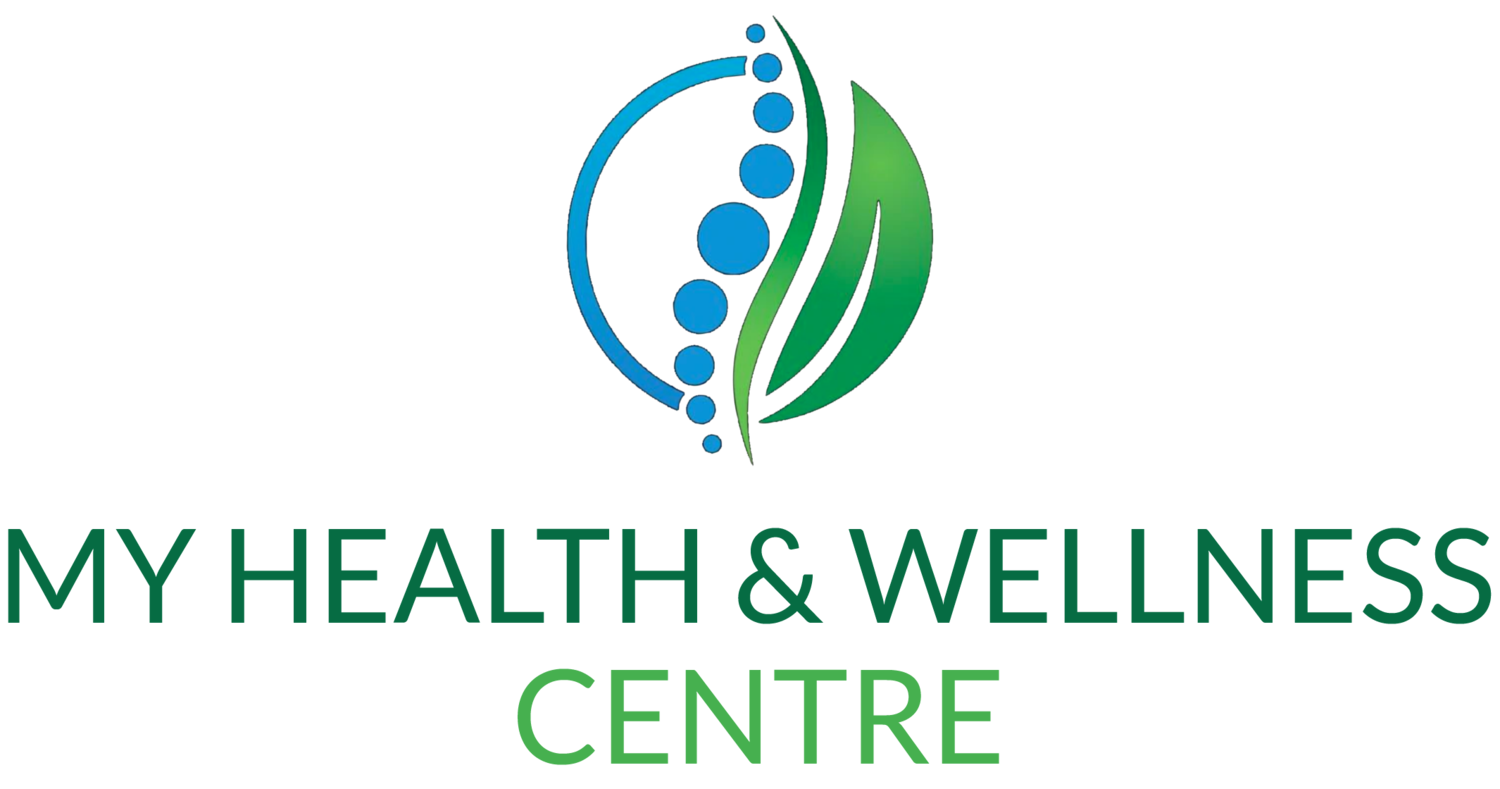Osteopathy may assist pregnant women by helping reduce back pain as well as readying the body for childbirth.
Osteopathy
Osteopathy is a versatile, hands-on approach to conditions affecting the musculo-skeletal function of people of all ages. It recognises the important link between the structures of your body and the way it works.
Osteopaths take a case history for each patient. They observe how the patient's body functions when they sit, stand, and lie down. In addition, they examine the patient using palpation to determine which areas of the body are functioning well and which ones are not. Moreover, they can provide specific exercise prescriptions and advice for rehabilitation and enhancing one’s general health.
Osteopathic Treatment
A person’s skeleton, joints, muscles, nerves, and circulation must work together to improve your health and well-being. Hence, osteopaths manually evaluate the patient’s condition and use a wide range of methods to identify and treat dysfunction in the body. The treatment then utilises techniques such as stretching and massage, along with mobilisation of specific joints and soft tissue.
The osteopath must also observe the spine and shoulders and determine if the pelvis is symmetrical. During the initial consultation, a treatment plan will be devised should the patient determine that osteopathic treatment is suitable for him or her. If not, the attending professional may refer the patient back to their general practitioner for a referral or to another health professional.
Assisting a wide range of patients, osteopaths may attend to children and the elderly. They may also assist pregnant women by helping reduce back pain as well as readying the body for childbirth.

